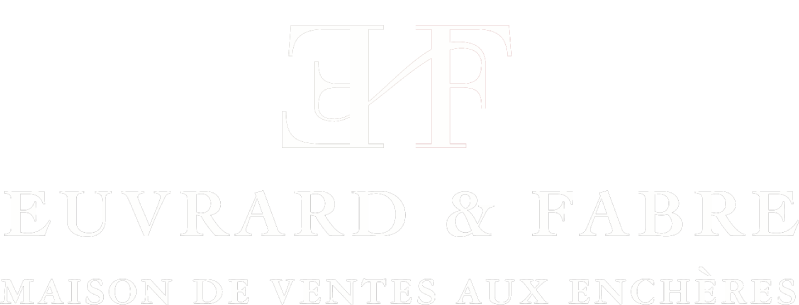Lot n° 38
Estimation :
8000 - 10000
EUR
Result without fees
Result
: 26 240EUR
François Auguste BIARD (Lyon 1799 - Samois 1882) - Lot 38
François Auguste BIARD (Lyon 1799 - Samois 1882)
Ceremony of the Feast of Saint Benedict among the Civilized Cabocles
On its original canvas, signed lower left Biard
85.5 x 111.5 cm (accidents)
Provenance :
Atelier sale, Paris, Hotel Drouot, March 8, 1865, (Me Escribe), no. 11, (320ff) ;
Perhaps sale of the Biard studio, Paris, Hôtel Drouot, March 18, 1875, (Me Boussaton ), no. 15 under the title "Cérémonie de la fête de saint Benoit chez les Indiens civilisés".
François Auguste Biard studied at the Lyon Academy of Fine Arts, where he was a pupil of Pierre Révoil and Fleury Richard. At the time, he was considered more of a self-taught artist. He was already traveling through Italy and the countries of the Levant.
From his very first Salons, in 1818 and again in 1824, he achieved great success with his highly detailed compositions, in which a humorous note bordering on caricature crept in.
Above all, Auguste Biard was an avid traveler. In 1827, he toured the Mediterranean basin, visiting Syria, Egypt, Malta and Cyprus. In 1839, he took part in an expedition to Lapland and Spitsbergen. From this experience he drew several paintings
In his sixties, Biard spent two years in Brazil (1858 - 1860). Upon his arrival, he was introduced to the imperial family, working for the court, not least because of his ties to Louis-Philippe.
Our painting was the subject of an engraving illustrating Biard's Deux années au Brésil, published in Paris in 1862 (reproduced on p. 199). The painter is a true anthropologist. Staying in the province of Espirito Santo, in the middle of the rainforest, he describes this exotic ceremony, combining a Christian saint with various pagan rites, with great detail and humor (see Op. Cite supra pp. 198-202).
"I learned in the morning that it was the feast of St. Benedict, who is highly venerated among the Indians. They prepare for it six months in advance and remember it six months later. From the moment the drum starts beating, it never stops day or night. On the day of the festival, I went with my host to enjoy the ceremony. It took place in a small village called, I believe, Destacamento. Every hut we entered drank càouèba and cachasse. [...]
Finally, the moment everyone had been waiting for arrived: two important figures appeared in the square. The first, a tall Indian dressed in a white souquenille, imitated from afar the surplice of an altar boy, held in one hand a red umbrella adorned with yellow flowers. His other hand carried a box, already supported by an old fringed shawl, placed like a shoulder strap. Inside the box was Saint-Benoît, who, I don't know why, is a Negro. This box also contains flowers, and is also intended to receive offerings. The second figure, worthy of belonging to the ancient army of Emperor Soulouque, was dressed in a sky-blue Indian military uniform, with collar and facing also in Indian and imitating red damask. His small gold epaulettes fell from behind like those of General La Fayette. On his head stood a horned hat, phenomenal in length and height, topped with a once-green plume and bearing a label with three cherries of the finest vermilion in the center. This second figure is the captain. To be worthy of this position, one must have a hock of greater strength than that of the whole town, for the captain must not stop dancing throughout the ceremony. So he opened the march by dancing, holding delicately in front of him and perpendicularly a small drum-major's cane, which at first I took to be a candle. The beadle and the Saint, one carrying the other, followed, parasol in the wind, as a canopy. The musicians, in two rows, immediately followed. All around the Saint, the old devotees danced the cancan [...]".
Biard's account was used by Jules Verne in his novel La Jaganda.
We would like to thank Monsieur Baptiste Henriot for confirming the attribution of this painting, which will be included in the Biard catalog raisonné currently in preparation.
My orders
Sale information
Sales conditions
Return to catalogue

